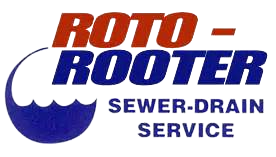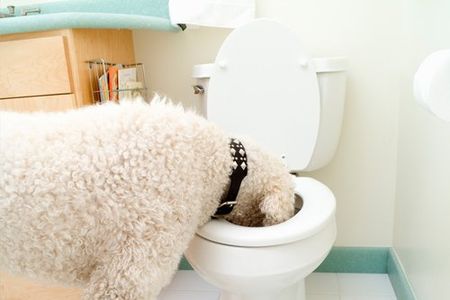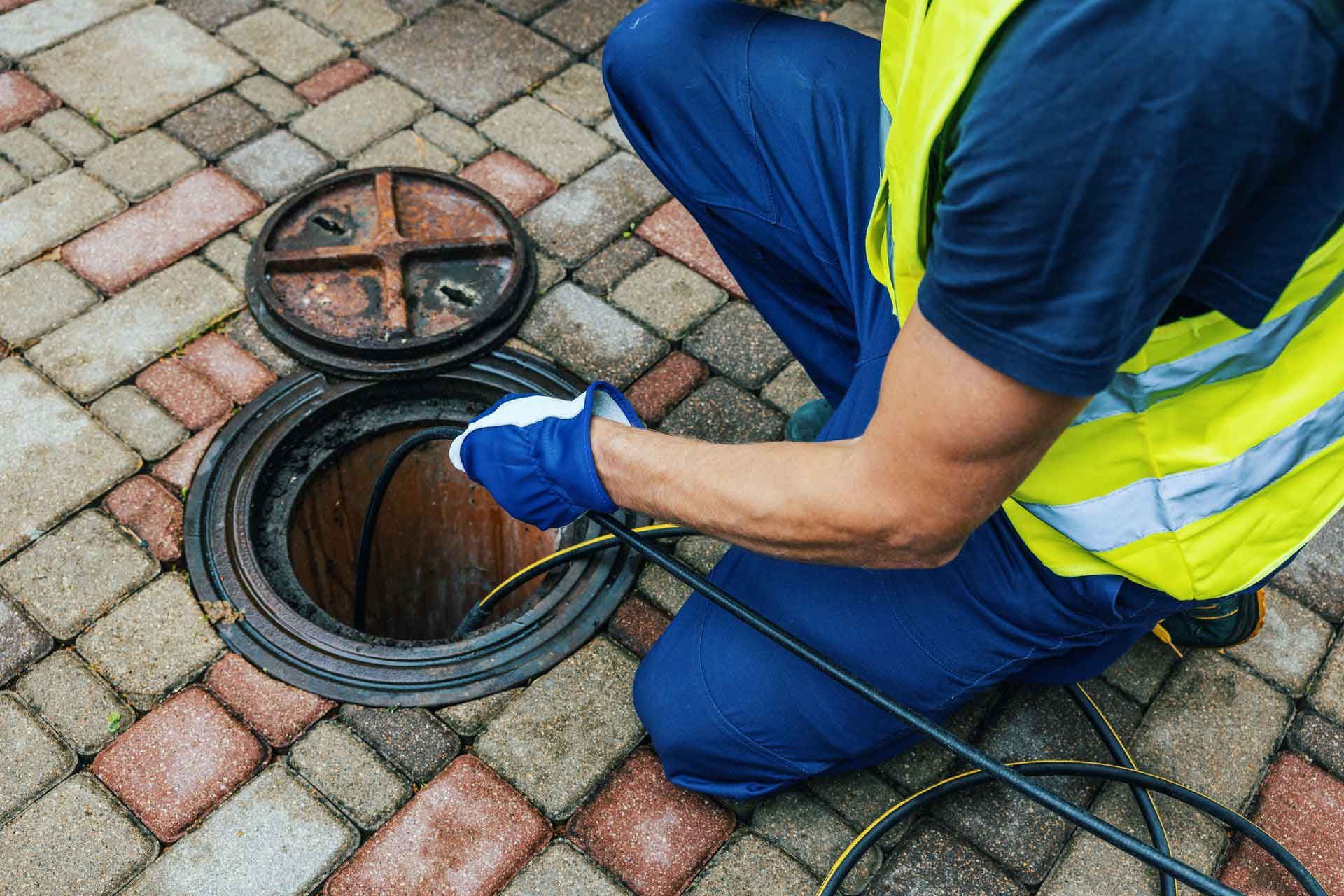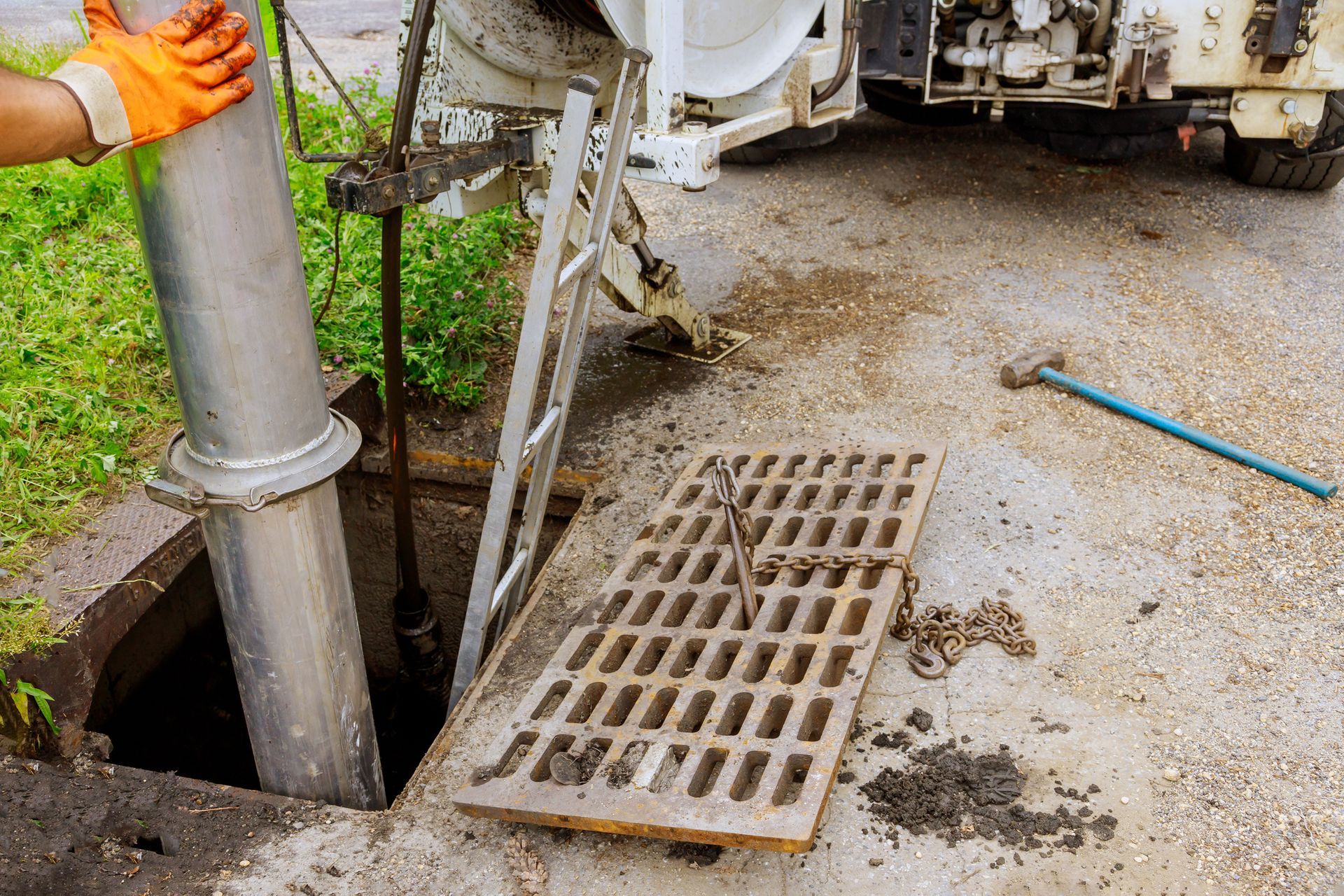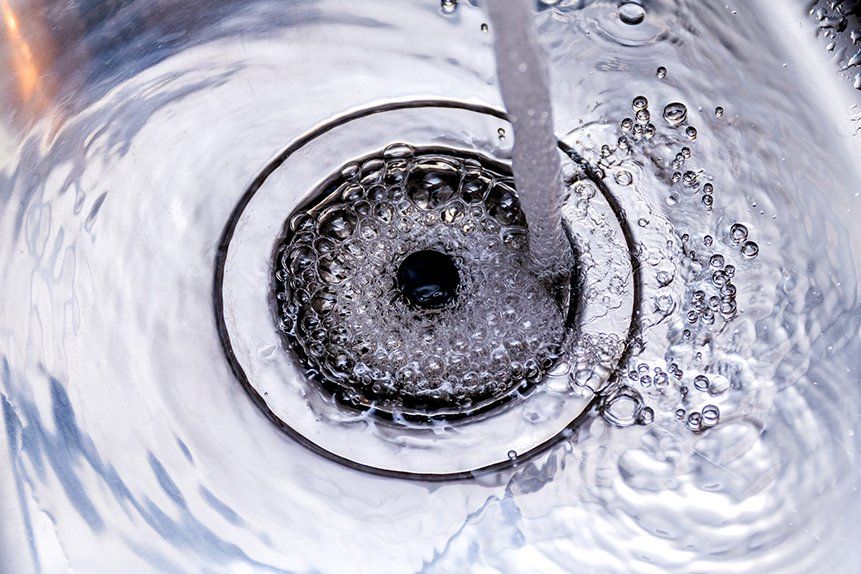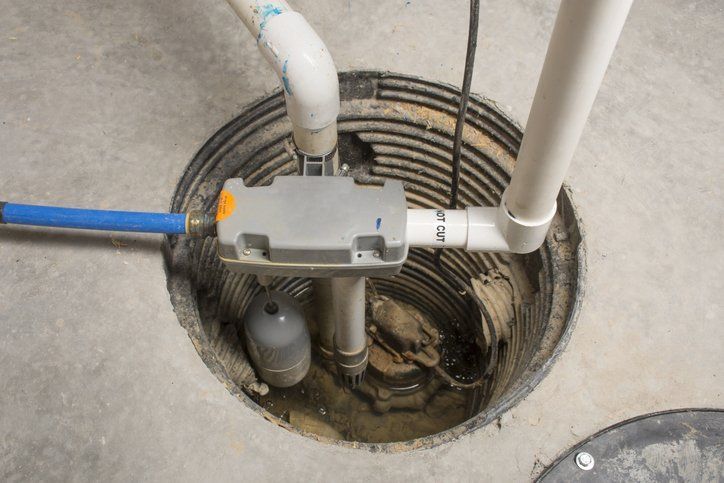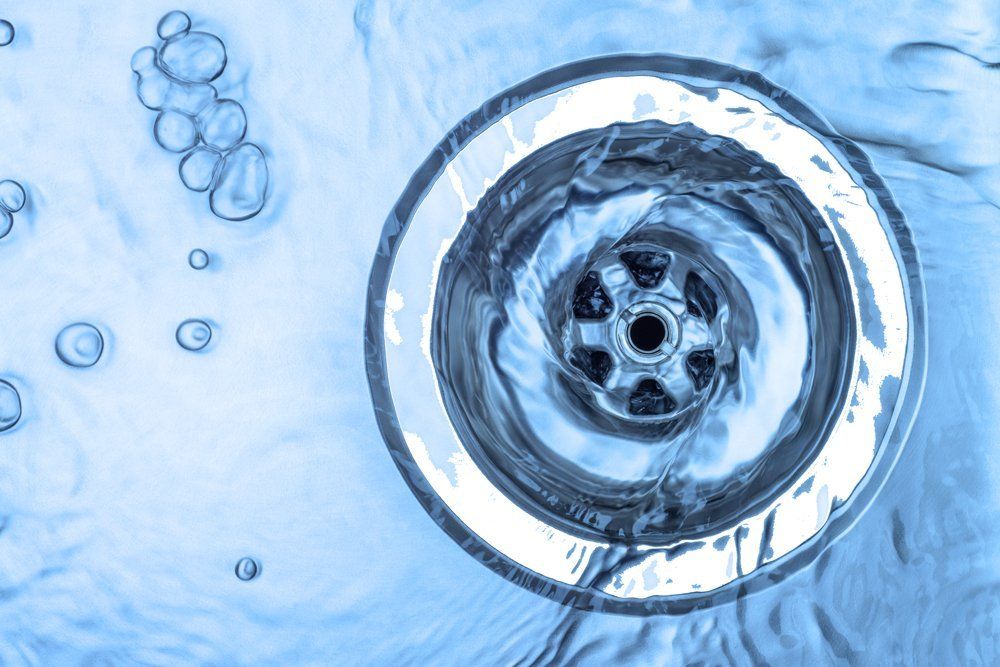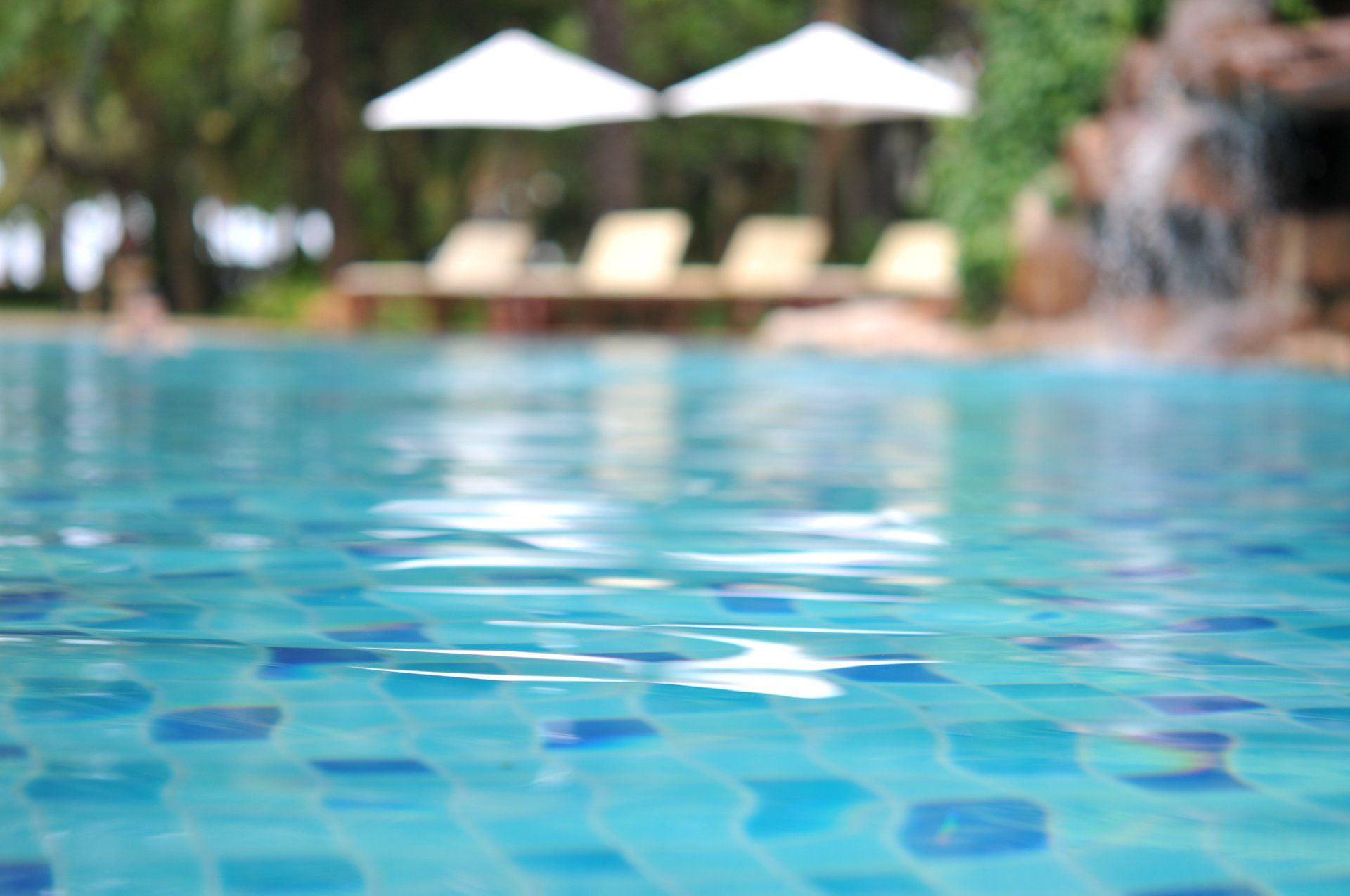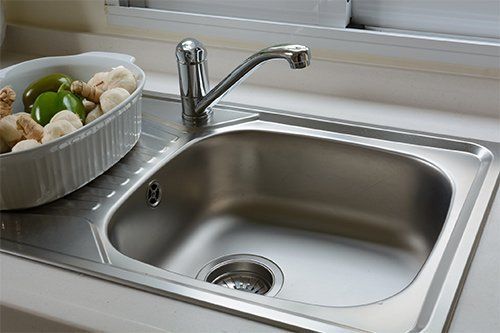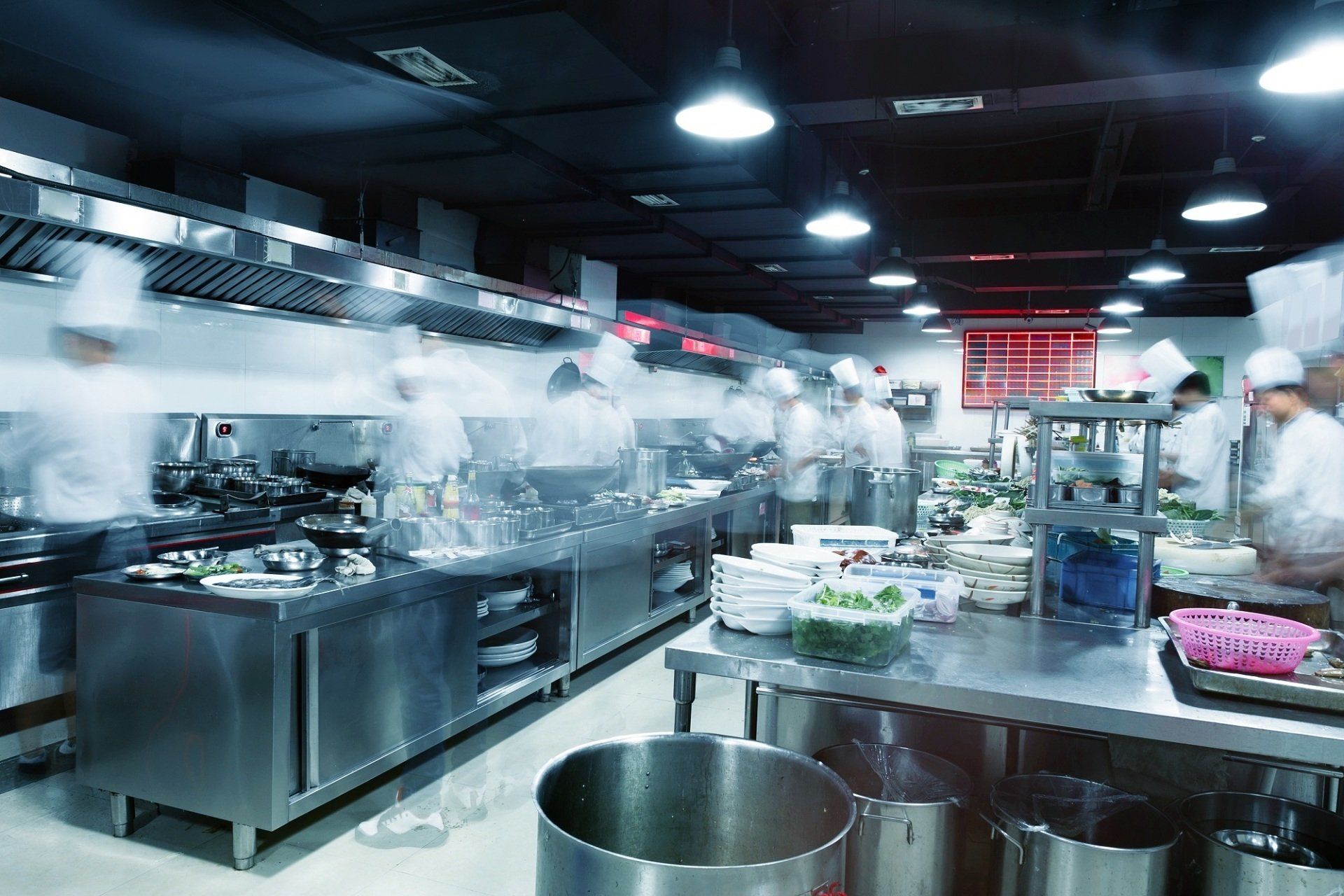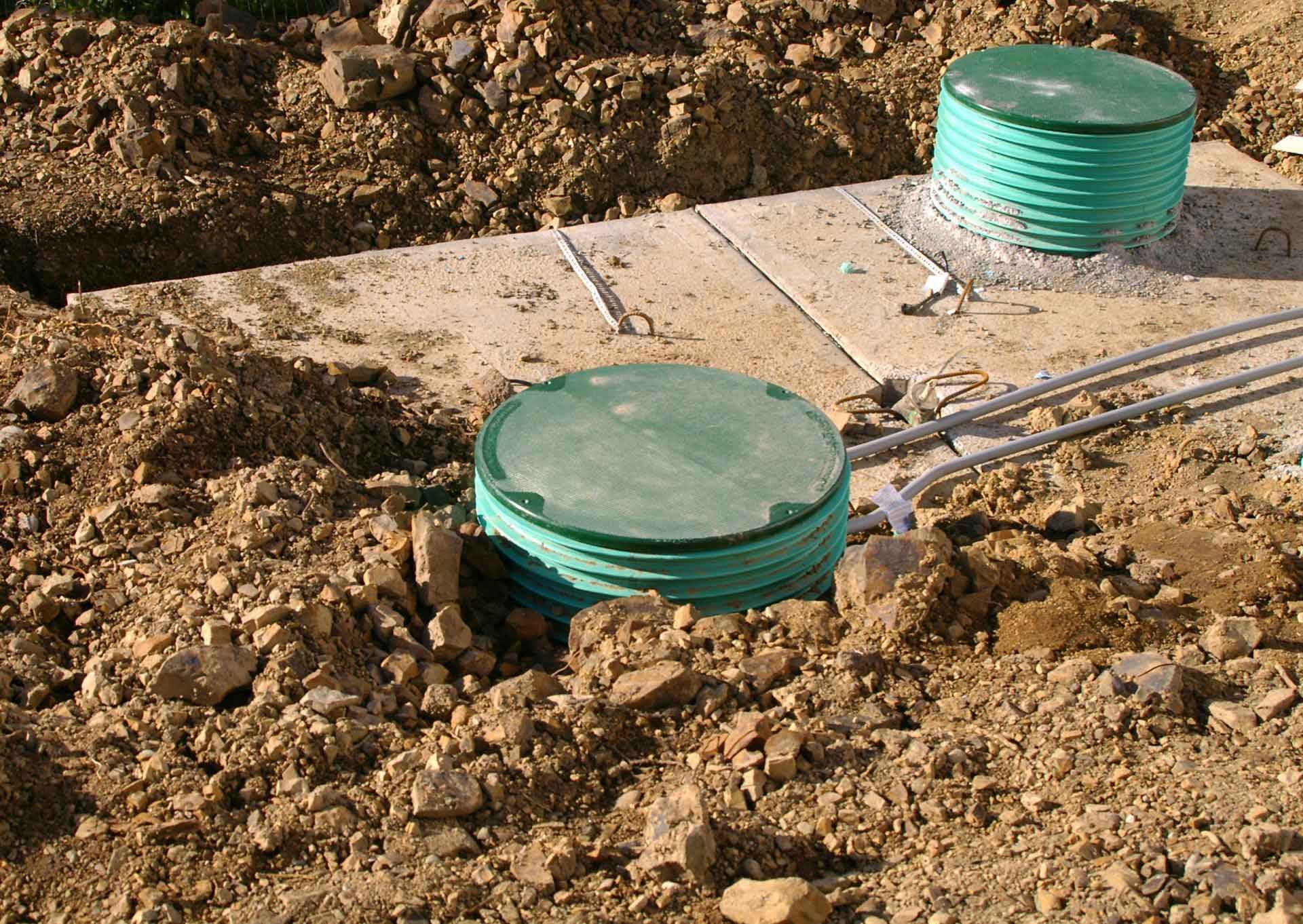4 Pet-Related Plumbing Habits to Avoid
May 22, 2018
Some habits can have a harmful impact on your plumbing. Break these 4 pet-related bad habits if you want to protect your plumbing and your pets.
We're all guilty of having bad habits when it comes to our plumbing but more so if our habits also involves our pets. These bad habits not only include the things you do to take care of your pets but also things your pets do on their own. Some of these habits may seem relatively harmless at first but they can have harmful impacts on your plumbing system and even put your pets in harm's way.
Break the bad habits listed below if you want to protect your plumbing and your pets.
1. LETTING YOUR PETS CHEW ON EXPOSED PIPES
If you've ever witnessed your upholstery being gnawed to bits, you'll know that pets chew on things almost as second nature. Dogs and other pets chew on objects for plenty of reasons. For instance, it helps keep animals' teeth clean and jaws strong, plus it also helps them relieve stress and anxiety.
Some pets will chew anything they get their teeth around, including your exposed plumbing. Cover up exposed pipes to keep your pets from chewing through aging or brittle pipes. If you can’t enclose exposed pipes, apply an anti-chewing deterrent on the pipe surfaces. The bitter taste should dissuade your pets from chewing on your pipes.
2. LETTING PETS DRINK FROM THE TOILET
As far as most pets are concerned, your toilet is nothing more than a gigantic water bowl. So it's no wonder that any pet that's large enough to get to your toilet will take a drink from it. If you let your pets drink from the toilet, you put them at risk of picking up infections from bacteria passed through human fecal matter. Your pets can also get sick from ingesting chemicals used to keep your toilet clean.
Keep your toilet seat down and the lid closed to help keep your pets out of the toilet. Make sure you're putting out plenty of fresh water elsewhere for your pets. If your pets can't seem to stay away from the toilet, make sure the bathroom door always stays closed.
3. DUMPING KITTY LITTER IN THE TOILET
One of the quickest ways to clog up your toilet is to flush kitty litter. Even kitty litter that's marketed as being flushable can still do a number on your toilet. Once flushed, kitty litter can settle inside of your toilet's P-trap as sediment. The longer it soaks, the more time it has to swell up and trap incoming debris. Eventually, you'll end up with a clog on your hands.
Kitty litter also harms your septic system by adding clay-based matter that won't break down naturally inside the septic tank. The clay increases the amount of solid waste inside the tank, resulting in your septic system needing a clean-out earlier than expected.
The best and only place to put kitty litter is in the garbage. If you're concerned about the dust and the smell used kitty litter can cause, tie it up in a separate bag and place that bag in the garbage.
4. WASHING PET HAIR WITHOUT A STRAINER
Washing and grooming leaves behind stray hair — more so if your pet happens to be a heavy shedder. Wet pet hair can find its way down your drains and mingle with other trapped debris. Given enough time, that hair can form a large clog that's difficult to bust through.
Prevention is always the best policy when dealing with pet hair. Place a hair strainer over your sink or bathtub drain to prevent stray hairs from being rinsed down the drain. Hair strainers can also keep stray human hair out of your drains, as well.
Follow the above tips to avoid pet-related plumbing mishaps. If the worst has already happened, contact Roto-Rooter
right away for prompt emergency service.
